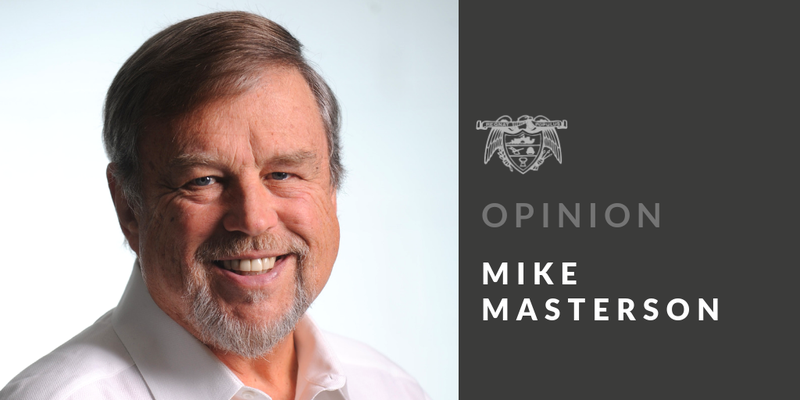I've written for several years about the remarkable little SRT-100 machine that with no surgery and relatively minimum time investment erases basal and squamous cell skin cancers along with keloid scarring.
Having had my successful SRT treatment seven years ago at the Santa Fe office of Dr. David Wright (the only New Mexico dermatologist at the time to have such a machine), I've since lobbied to encourage a physician to acquire one in Arkansas, either though purchase or lease. Just find a way to make one available in our state.
I've also repeatedly said if any Arkansas doctor was wise and thoughtful enough to join fellow doctors in the majority of other states by offering one of these devices, I'd let every reader seeking relief from such cancers know where to find the simple form of non-invasive remedy to non-melanoma skin cancers.
Well, valued readers, it's finally happened not only in one, but two Arkansas dermatology offices, neither of which are in the larger population areas.
So here they are, along with my congratulations for offering an alternative to the effective yet expensive and sometimes disfiguring Mohs surgery that also can require a significant healing period: The Dermatology Office on Linwood Drive in Paragould and Helms Dermatology on West Main Street in Russellville, take a bow! Now who else will join them?
The SRT-100 delivers a precisely calibrated dose of superficial radiation therapy (hence SRT) that penetrates only skin-deep. That allows patients to be safely and quickly treated in their physician's office without pain or discomfort.
The process is beyond simple. I laid on a table while a radiology technician placed a safety shield across my chest and neck. Then she carefully attached the proper-sized ring that fit around the skin cancer, allowing for a slight margin of insurance into healthier skin.
She left the room for less than a minute where a switch was flipped, allowing the minimal radiation beam to begin destroying the cancer. Then I was up and gone after feeling nothing. After 13 treatments, usually two each week, I noticed the festering basal cell on the tip of my nose steadily crusting until it dwindled to smooth skin. There's been no sign of the cancer since. A slightly larger cancer was erased from my back in the same way.
After years of being utilized across America, there's no question the SRT-100 effectively destroys basal and squamous cell carcinomas, as well as the nonmalignant cells that cause keloids. A five-year study conducted by Sensus Healthcare of Florida, who manufactures the device, verified a 98.9 percent success rate.
The research was conducted among 516 male and female patients at four U.S. sites. Subjects had a collective total of 776 non-melanoma skin cancer lesions treated with an SRT-100.
Joseph Sardano, co-founder and CEO of Sensus Healthcare, said those participants had a mean age of 79. The estimates of cumulative recurrence rates of all tumors at two and five years was an impressive 1.1 percent. Basal cell cumulative recurrence rate after five years was 1.2 percent; the recurrence rate for squamous cancers was 0.9 percent.
In a news release, Dr. William Roth, lead investigator on the study, said the results showed "excellent cure rates." A voluntary clinical professor at the University of Miami School of Medicine's Department of Dermatology, Roth also said the research confirmed this method is highly effective and should be readily available, especially to non-melanoma skin cancer patients who have multiple chronic conditions or advanced age.
Dr. Thomas Bender, a dermatologist at Advanced Dermatology and Skin Care Center in Alabama, agreed, adding that all dermatologists have patients who are unsuitable candidates for surgery. More importantly, Bender said patients feel empowered when they can choose their own therapy, rather than having only a surgical alternative.
For me and others who've experienced this 21st century treatment, it's definitely a gift to have an effective choice beyond what otherwise often involves surgery, bleeding and stitches. There's also no anesthesia, risk of infection or scarring involved. In short, there's no need to undergo the trauma involved with reconstructive plastic surgery if you can get to this machine.
"Patients heal quickly and don't have downtime or lifestyle restrictions following treatment," Sardano said.
Sardano added that the SRT-100 treatment also has been cleared and approved by the U.S. Food and Drug Administration for treating non-melanoma skin cancers and keloids. "It's ideal for private dermatology and oncology practices," he said, "as well as hospitals and multi-locale health-care providers."
I'm pleased for those practitioners. But I'm even happier for me and the thousands of other Arkansans with these common skin cancers who now have such an ideal choice to cure them. Now I'm waiting to further sing praises for physicians in the metropolitan areas of our state to make this technology available to their patients.
------------v------------
Mike Masterson is a longtime Arkansas journalist. Email him at [email protected].
Editorial on 05/14/2019

